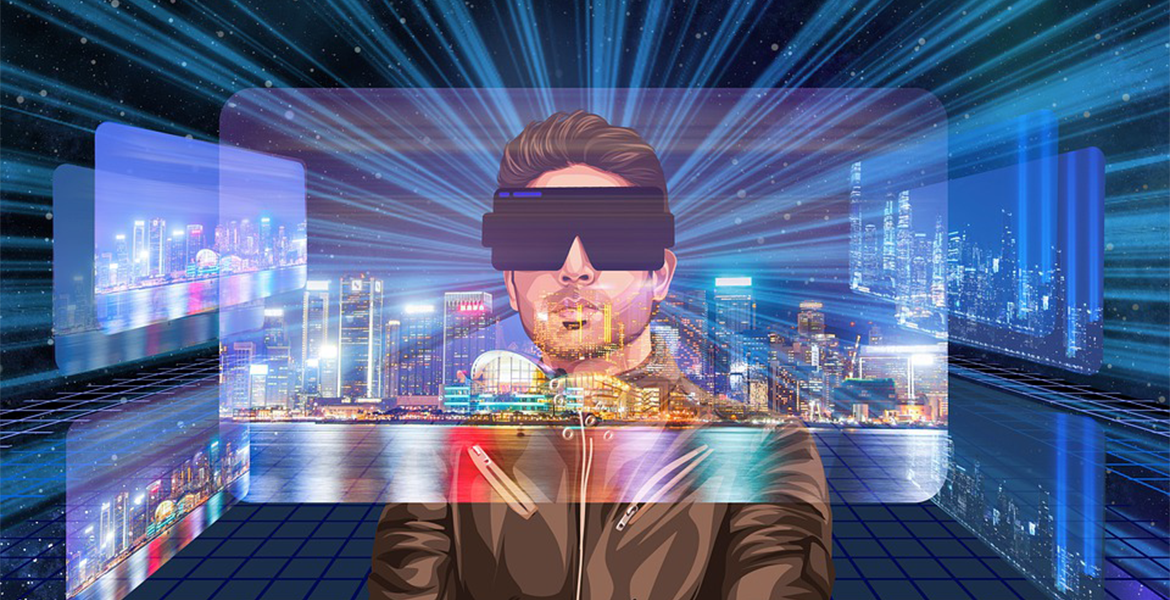
VR in Education and Training: Learning Without Limits
Virtual Reality (VR) is revolutionizing education and training by creating interactive, immersive environments that make learning engaging, effective, and accessible. This technology is being adopted across various sectors, from schools and universities to corporate training programs, providing a new dimension to how we acquire knowledge and skills.
Classroom Applications
In traditional classrooms, VR enhances subjects like history, science, and geography by transporting students to distant places or historical events. Imagine walking through ancient Rome, exploring the solar system, or observing wildlife in their natural habitats—all from the comfort of a classroom. These experiences captivate students' attention and make abstract concepts easier to understand.Workplace Training
For professionals, VR is a game-changer in workplace training. Industries like aviation, manufacturing, and construction use VR to simulate high-risk scenarios, such as piloting an aircraft, assembling complex machinery, or managing dangerous equipment. Employees can practice their skills in a safe, virtual environment, reducing the risk of accidents and improving their confidence.Specialized Skills Development
VR is also helping people develop highly specialized skills. For example, firefighters can train in simulated emergency situations, and police officers can practice de-escalation techniques. Even soft skills like public speaking can be improved using VR, where users can practice in front of a virtual audience that reacts to their performance.By combining interactivity with immersion, VR creates a dynamic learning experience that is unmatched by traditional methods. As costs continue to decrease, we can expect VR to become a standard tool in education and training worldwide.

